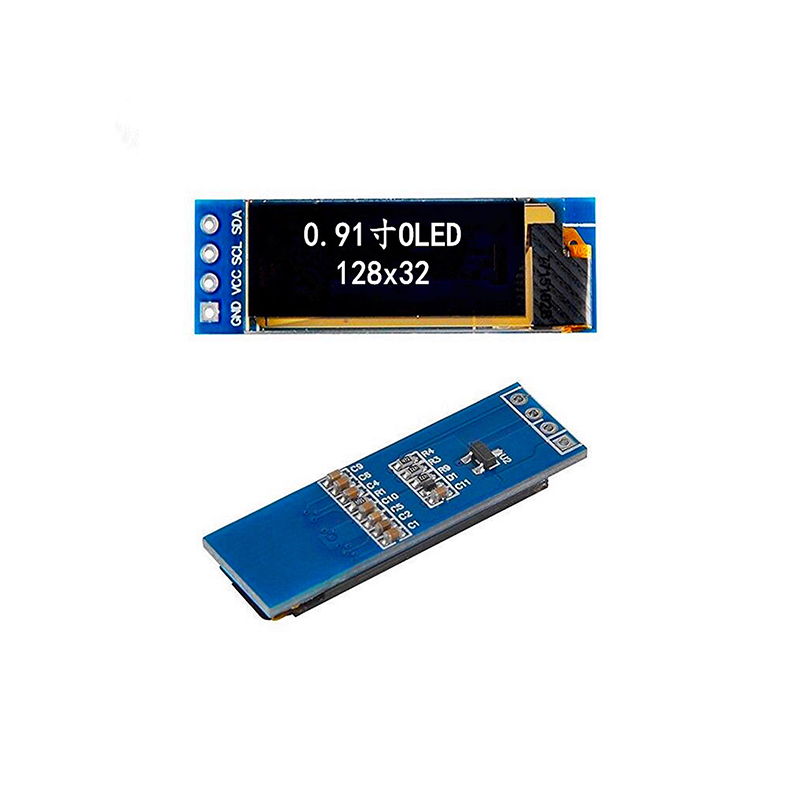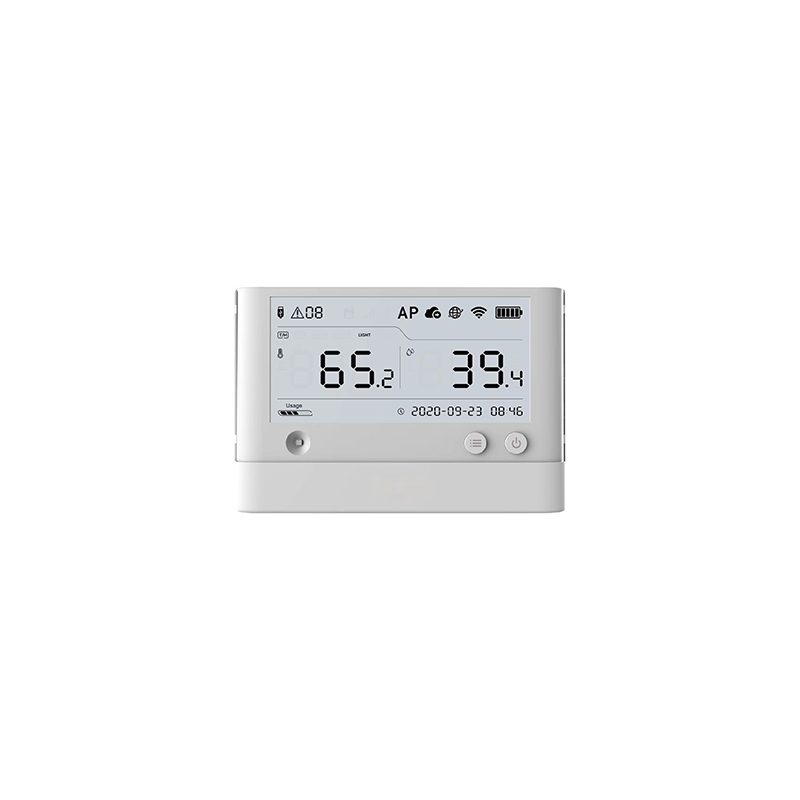
This guide provides a thorough understanding of the Arduino Uno SPI interface, covering its functionalities, practical applications, and potential challenges. Learn how to configure the SPI communication protocol on your Arduino Uno and integrate various SPI-compatible devices for diverse projects.
SPI (Serial Peripheral Interface) is a synchronous, full-duplex communication bus used for connecting microcontrollers to various peripherals. Unlike simpler protocols like I2C, SPI offers higher speed and flexibility, making it ideal for high-bandwidth applications. The Arduino Uno features a built-in SPI interface, simplifying the integration of SPI devices.
The Arduino Uno's SPI interface utilizes four pins: MOSI (Master Out Slave In), MISO (Master In Slave Out), SCK (Serial Clock), and SS (Slave Select). Understanding the role of each pin is crucial for successful Arduino Uno SPI interface communication. The specific pins used are typically: MOSI (11), MISO (12), SCK (13), and SS (10). However, other pins can be used with proper configuration, offering flexibility depending on your project's needs.
SD cards are frequently used with the Arduino Uno SPI interface for data storage. Libraries like the SD library simplify interaction, allowing you to read and write data to SD cards with ease. Many SD card modules are readily available, offering various storage capacities and features.
High-resolution TFT (Thin-Film Transistor) LCD displays often rely on SPI communication for faster data transfer. The SPI protocol's speed advantage is essential for refreshing the display smoothly. When selecting a TFT, ensure it supports the SPI interface. Many examples exist online demonstrating this setup.
Beyond SD cards and TFT displays, the Arduino Uno SPI interface is compatible with a wide range of peripherals, including: real-time clocks (RTCs), digital-to-analog converters (DACs), analog-to-digital converters (ADCs), and various sensor modules. Choosing the right device depends on your specific project requirements.
The Arduino IDE provides the `SPI.h` library, containing essential functions for SPI communication. This library streamlines the process, handling low-level details. Proper inclusion of this library within your Arduino sketch is essential before working with SPI devices.
While the default SPI pins (MOSI 11, MISO 12, SCK 13, SS 10) work for many devices, some projects may require different pin configurations. The `SPI.begin()` function allows you to specify alternate pins if needed. Refer to your specific device's documentation for pin assignments and required configurations.
A simple example of SPI communication with an SD card might look like this (assuming you've already included the SD library and initialized the SD card):
#include <SPI.h>#include <SD.h>// ... your SD card setup code ...void loop() { // ... your SPI communication code to read/write data from the SD card ...}Occasionally, issues arise during SPI communication. Common problems include incorrect pin assignments, clock speed mismatches, and improper device selection. Double-check your wiring, refer to datasheets for precise settings, and ensure your libraries are up-to-date. Careful attention to detail is crucial for success.
The Arduino Uno SPI interface opens up a world of possibilities for advanced projects. This guide provides a foundational understanding of SPI communication with the Arduino Uno. By grasping the fundamentals and carefully following the steps outlined above, you can successfully integrate a variety of SPI devices into your projects.
Remember to consult the datasheets of your specific devices for detailed specifications and instructions. This ensures optimal compatibility and performance with your Arduino Uno SPI interface.
| Device | Typical SPI Speed | Advantages | Disadvantages |
|---|---|---|---|
| SD Card | Variable, up to 25MHz | Large storage, easy to use | Speed can be limited by card type |
| TFT Display | Variable, depends on display | High resolution, good color | Can be power hungry |
For high-quality LCD displays and other components for your projects, consider exploring Dalian Eastern Display Co., Ltd.












